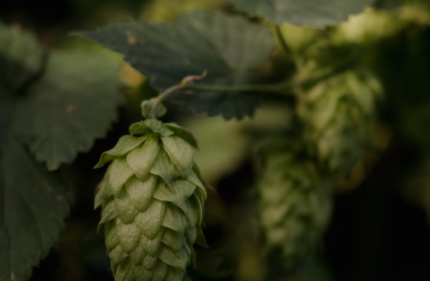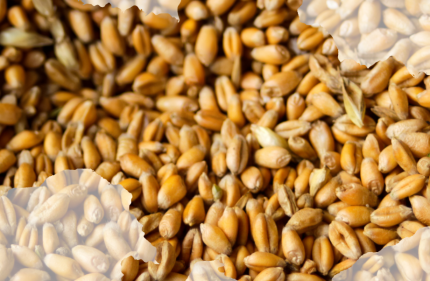Since time immemorial, people have used music for benefits like calming the mind, gladdening or purifying the soul, celebrating the most important events, writing memoirs and telling stories. Because of this, it has had a history parallel to the written one.
Babies are born vigorously exercising their vocal cords, and they learn to sing and strike instruments almost before learning to walk. Nonetheless, there are few studies that demonstrate its therapeutic use as exhaustively as this article in Trends in Cognitive Sciences, which you can read at the following link
When I was a child, they told me that songs in C major symbolized the essential, the quotidian, and that was why we were so sensitive to them and found them familiar. But at the level of yeasts, will it make a difference if we play music to them? And, if so, will the tone matter or modify their kinetics or behaviour?
Unfortunately, I don’t have an answer to that, although it might make the humans tending the fermentation tank less tense and possibly work with much greater dedication and possibly more attention to detail, which are usual and proven benefits of music for humans.

Nonetheless, according to this study conducted in India on microorganisms, when the country’s traditional music is played to them, saccharomyces cerevisiae increase their alcohol production by up to 15% (among other changes of lesser magnitude). And all thanks to the mechanosensitive channels of the cells and the kinetic energy they get from the sound (imagine a standard tuning to 440Hzz at 20ºC).
It seems that the vibration generated by the music, by stressing their kinetics, enables cells to try out more configurations, allowing more reactants to join and to do so more rapidly. This would require a study of which Hertz range, tone or volume is beneficial and which can causes stress, in order to find the perfect balance for each beer style. It would even make it possible to personalize the hybridization of strains or breeding based on the sensitivity of some cells.
None of this is new in Asia, as they are accustomed to confounding the rest of the world when they say that tuning to 432Hz—the sacred tuning—repeats patterns that connect us to the most sacred part of ourselves based on the repetition of numbers related to the sacred in ancient cultures. Or that the frequency to 285Hz acts directly on cells.
In reality, all of this is used in music therapy as a technique not only of spiritual development but healing (having been recognized by the WHO). Ultimately, our first level of organization of living matter, and of life itself, is the cellular level. Let’s not forget that beer, human beings and music most definitely have mathematics in common.
This can go even further, given that sound, which is vibration, can influence not only yeast or bacteria but also the rest of the biomolecules. Even when it moves through a liquid medium, it has the ability to make many changes. Let’s not forget that it moves faster in denser and more compressed media and generates pressure fluctuations in liquid media. That’s why a sound that is imperceptible to us can be acting on the kinetics of yeasts. That would partly explain the difficulty of reproducing the same product in different places, even when similar methods are used.











Comments